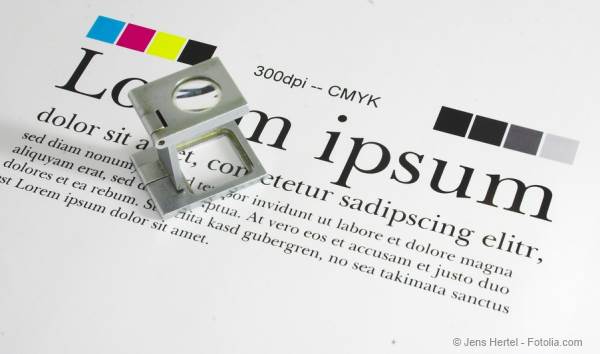Page geometry in PDF documents
Information about the geometry of a PDF document plays an enormously important role in the printing industry
Unlike the PDF/A format, which does not explicitly include printing related requirements, the PDF/X standard requires that information about the page’s geometry be specified using page boxes. One of the things these boxes define is where on a page the content is placed that corresponds to the desired final trimmed size. The bleed is also marked at the same time. At present, desktop publishing (DTP) programs automatically set the information needed for this in the PDF during direct export.
As a unique version of PDF, the PDF/X format has been an important standard within the printing industry for more than a decade. This format satisfies the needs of the printing industry in terms of the minimum standards for proper printing and ensures that the work can be done smoothly and effectively. The objective is to eliminate or keep to a minimum any ambiguities that can arise when transmitting print-ready documents to a print service provider. The document’s compatibility is verified by doing a preflight check during the process of preparing the materials for printing.
Information about the geometry of a page is an important aspect that is included in PDF/X documents. This information is of critical importance to those in the industry responsible for printing, because without it they cannot process a PDF document. This kind of page information determines at what location content is positioned that marks the finished trim size, and at the same time where a bleed must be expected. A distinction is made between the media box, crop box, bleed box, trim box and the art box. Each of these separate aspects plays a very important part in the printing process – and in the markings that are needed to accomplish it.

